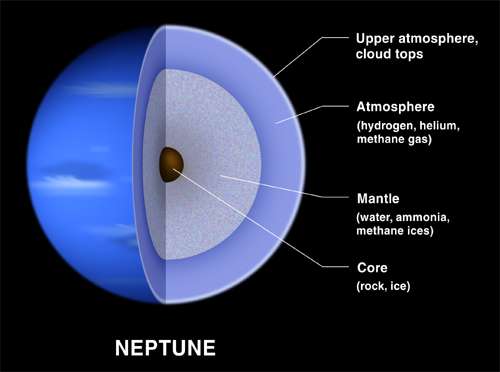Here’s a headline that’s sure to make jewelry-lovers and solar system researchers alike a little starry-eyed: Scientists now believe that the giant, icy planets Neptune and Uranus may produce solid diamond rain, and they’ve even modeled the phenomenon in a new study.
It sounds like something out of science-fiction or perhaps some sort of gem-drenched glamour fiction. But as detailed by Sarah Kaplan of the Washington Post, the new study (published in the scientific journal Nature Astronomy) suggests that the presence of hydrocarbon in the two planets—combined with the intense pressure that exists within their massive, deep gas layers—could create diamond rain that drops down to the planet’s solid inner core.

The actual experiment reportedly relied on mimicking the severe pressure by using lasers to produce a pair of shockwaves inside a specially designed polymer made from carbon and hydrogen. The result, in simple terms, was that the very sort of diamond rain researchers have been speculating about was created, albeit an incredibly tiny amount and lasting less than one second.
It’s no surprise that some people on social media took note of the new study and the subsequent reporting. After all, even though millennials are apparently unimpressed with diamonds, few would pass them up if they were falling from the sky.